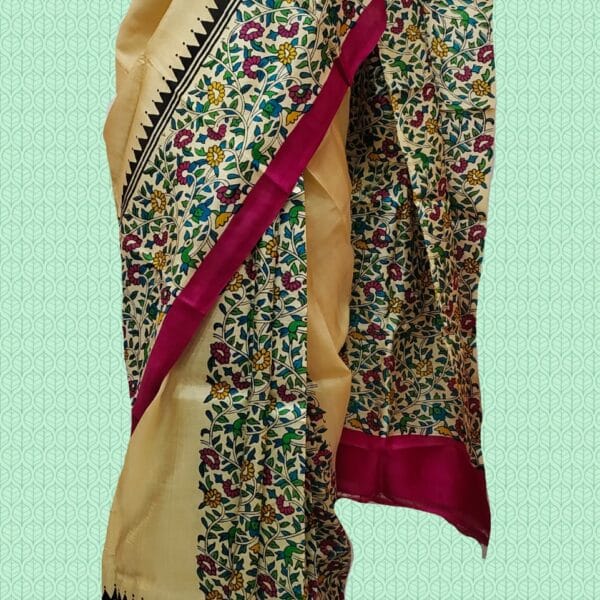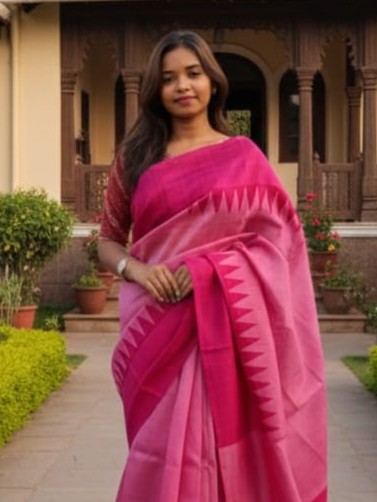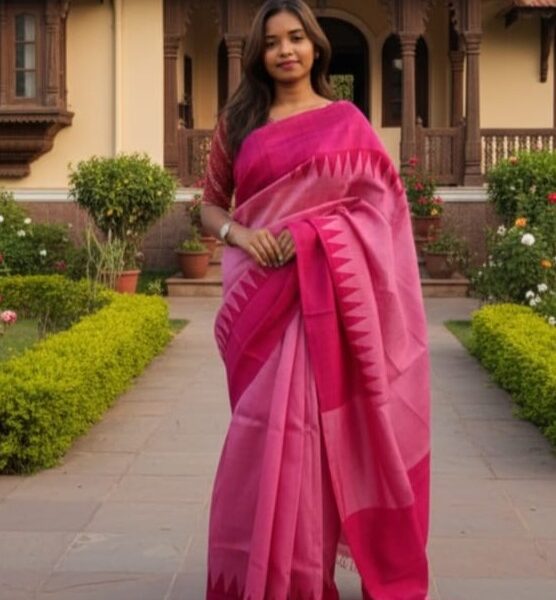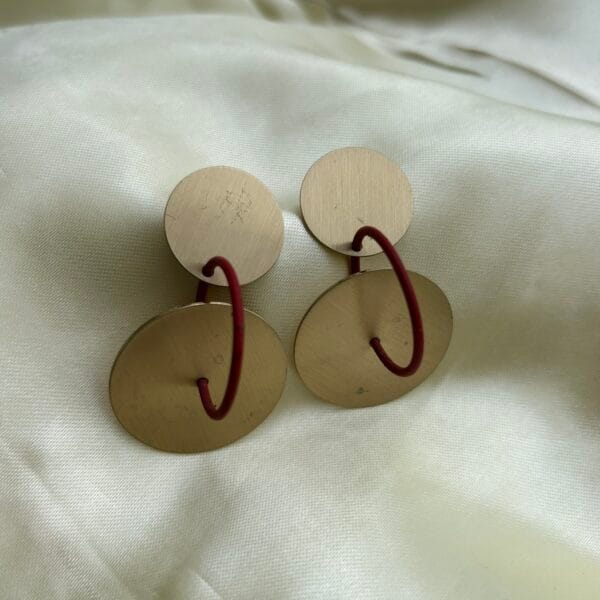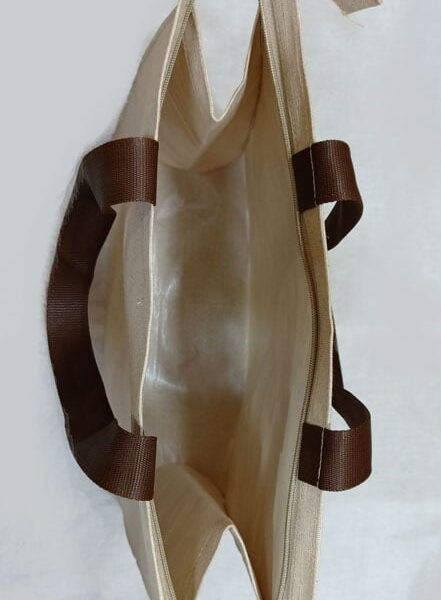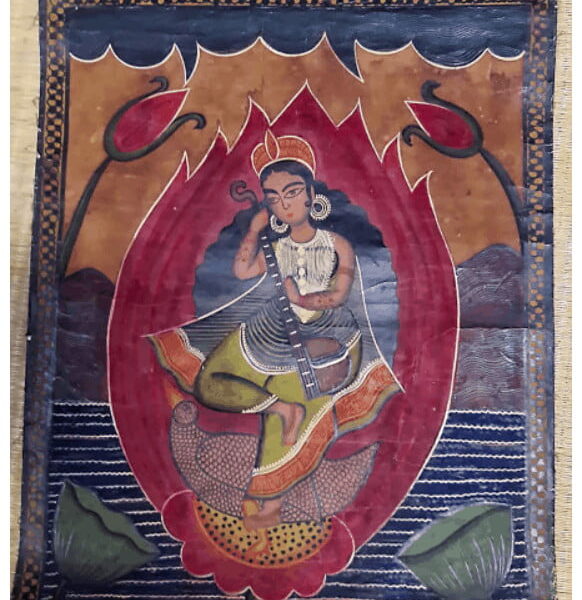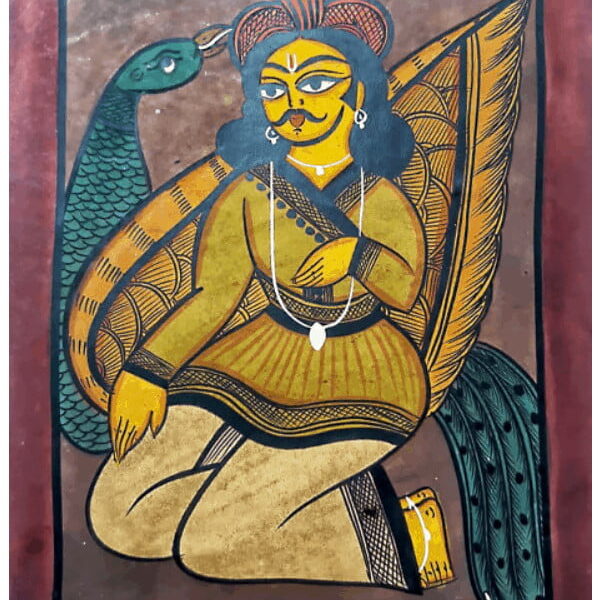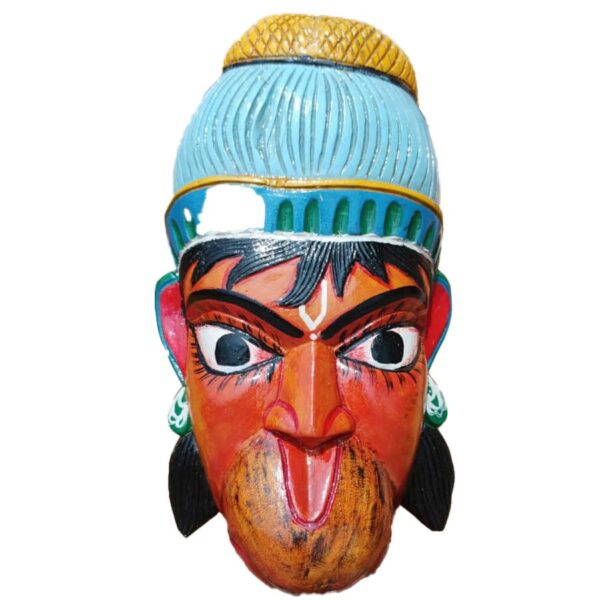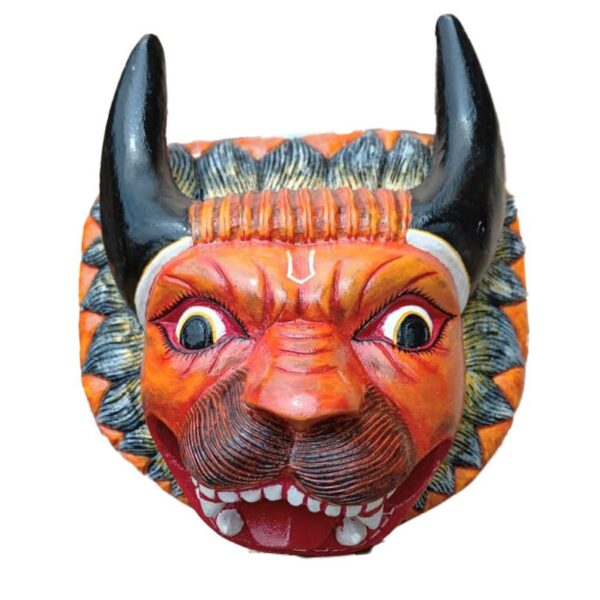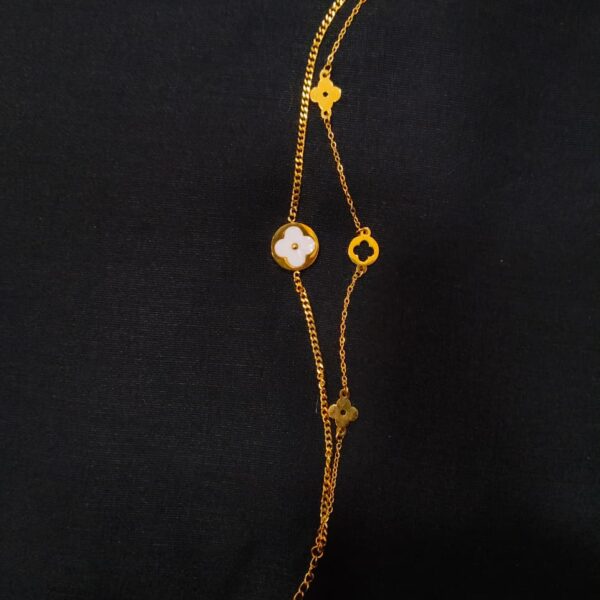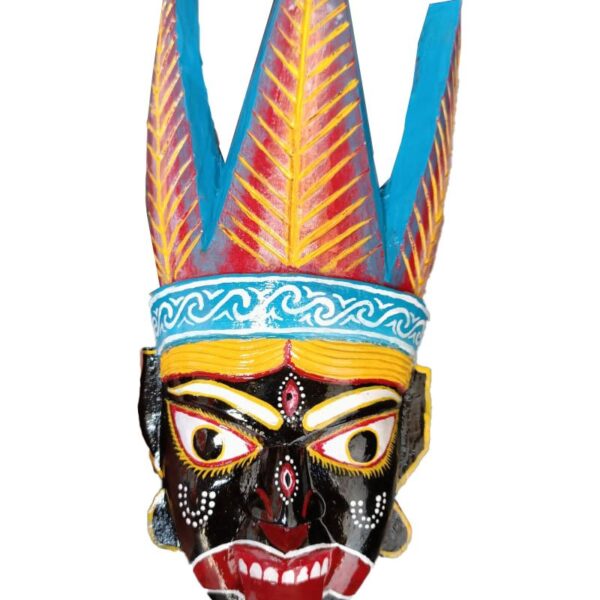Showing 61–75 of 141 results
Hand Block Printed Silk Saree – Elegant Traditional Wear
Elevate your ethnic wardrobe with this exquisite hand block printed silk saree. Crafted from premium silk, it features intricate floral motifs in vibrant shades, enhanced with a rich maroon border for a touch of elegance. Lightweight, soft, and graceful, this saree is perfect for festive occasions, weddings, and celebrations.Fabric: Pure SilkDesign: Hand Block Print with floral patternsBorder: Contrasting maroon silk borderOccasion: Festive, Wedding, Party Wear
Hand Blocked Silk Saree
Elevate your ethnic charm with this exquisite hand-blocked silk saree in rich pink hues. Crafted by skilled Indian artisans, each motif celebrates traditional craftsmanship and timeless elegance. Perfect for festive occasions, weddings, and cultural gatherings, this saree blends luxury with heritage—making you stand out with effortless grace.
Imp Earrings
INP Bracelet
Jhumka & stone setting Finger Ring
Juco Bags
Kamale Kamini
A depiction of Kamale Kamini, the Hindu deity called Devi Chandi, is here in this painting of Bahadur Chitrakar. The famous Bengali folk lore, Chandi Mangal, written by Kabikankan Mukundaram, tells the tale of Devi Chandi, supposedly another avatar of Devi Durga. The goddess was seen sitting on a huge lotus flower in the middle of the sea and gobbling an elephant and then throwing it up. She would repeat this time and again. The story is long and this painting was used to tell the story to villagers in olden days. It is a very old piece of art.
Kartik – Indian God
The Patachitra of Pingla generally depicts the stories of Hindu mythology. In this artwork we can see the Hindu God Kartik with his peacock, done by Suman Chitrakar. The colours used in these artworks are all derived from natural elements; for example green is made from leaves, yellow from turmeric, etc.
Kathputli (Rajasthani Puppet)
Kathputli is a string puppet theatre native to Rajasthan, India, and is the most popular form of Indian puppetry.[1] Being a string marionette, it is controlled by a single string that passes it from the top of the puppet over the puppeteers. [2]Putli meaning a doll. Kathputli means a puppet which is made entirely from wood. However it is made out of wood, cotton cloth and metal wire.
Organic Base also arrange for Puppet Village tour and shows.
Kharu
"Kharu" can refer to several things, including traditional Assamese jewelry, specific plant names in Sanskrit and Kannada, and also has meanings in Sanskrit related to love and pride. In Assamese culture, it most commonly refers to the Gam Kharu, a traditional cuff bangle worn by women, especially during weddings. It's a symbol of Assamese heritage, often intricately designed and handcrafted.
Lady with Guitar
A modern lady of the then Kolkata is painted here in this art piece by Bahadur Chitrakar. The get up of the lady suggests, she belongs to the affluent and literate class of urban Kolkata, who were privileged of being introduced to education and would get the liberty of pursuing their hobbies. The painting holds up a picture of the socio-economic scenario of the era. Such paintings are testimony of their time.

